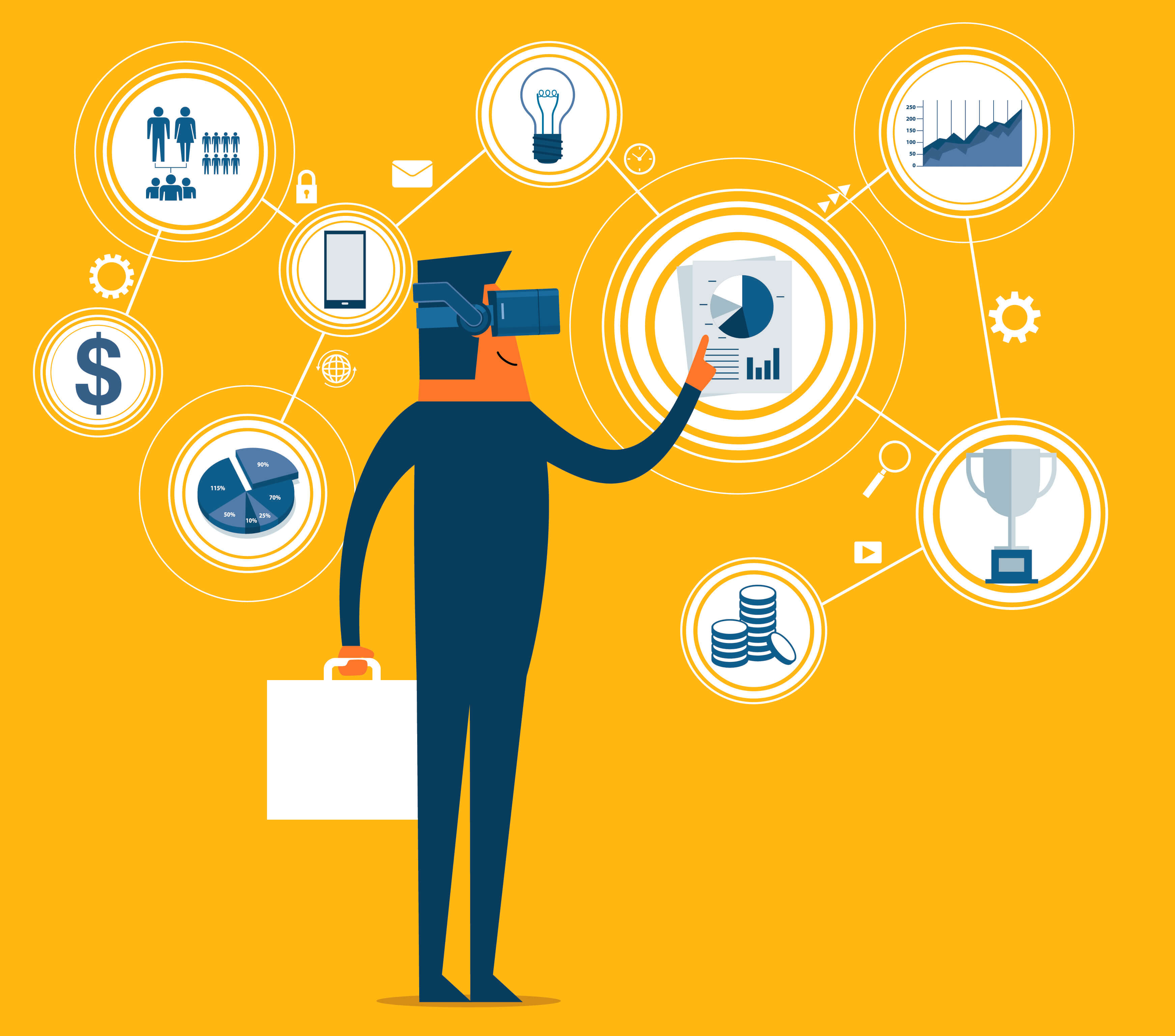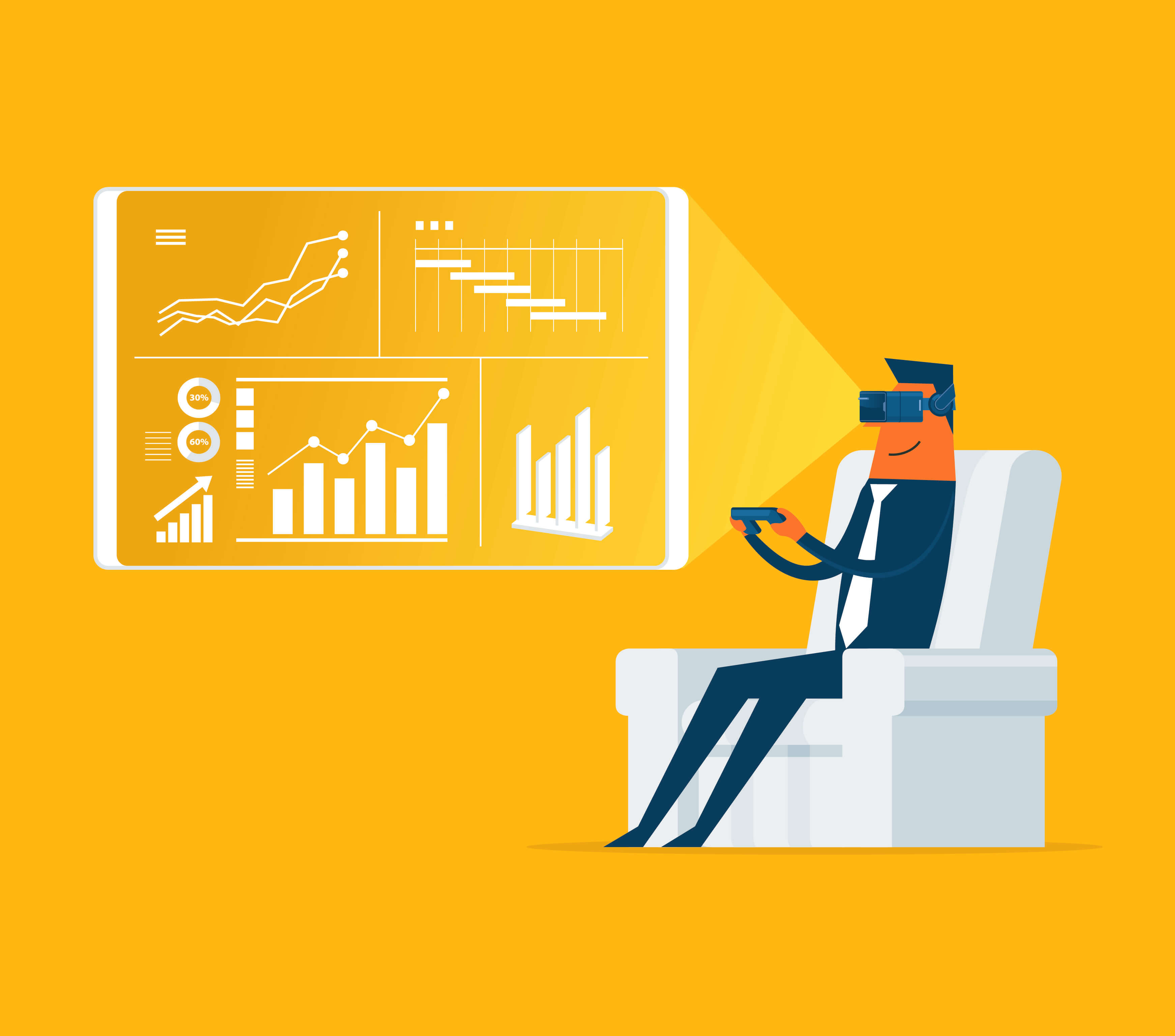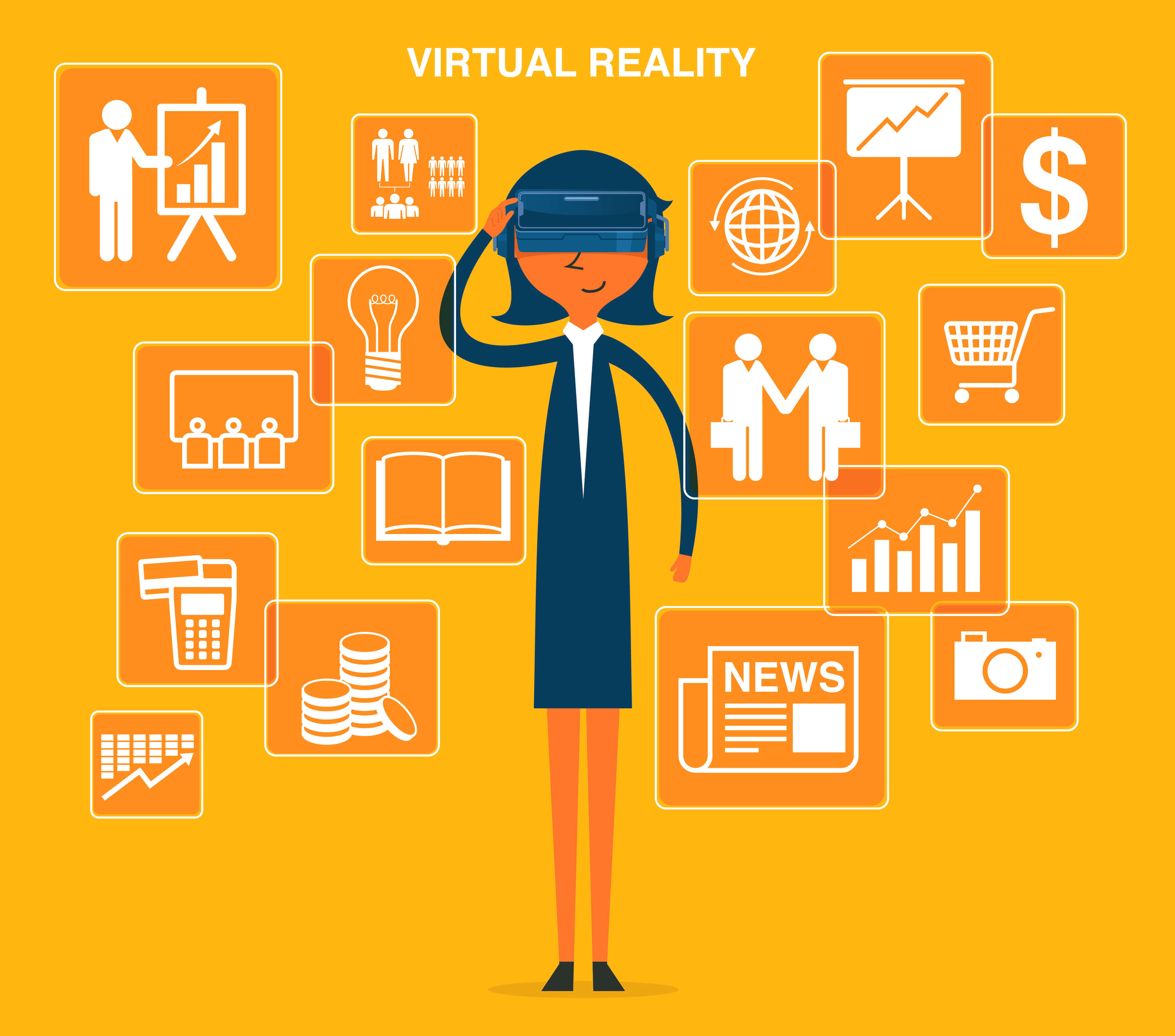To get a sense of what impact virtual reality (VR) will have across industries in the not-too-distant future, we must first turn our attention to the not-too-distant past.
In the early 2000s, web video was the talk of the town. This revolutionary technology would change the way entire industries did business. However, at that point, the technology had yet to be refined. It would be five years down the road when advances in video compression for the web took huge leaps forward (thanks mainly to the emergence of YouTube), that web video really started to hit its stride.
From many market indicators, it would appear we are at a similar point of technological evolution with virtual reality. Perhaps the clearest of these indicators is the staggering growth of VR studios in the last four years.
In 2015, the Swedish website VirtualRealityMarketing.com listed 99 studios worldwide. Today, that number is 1,784 across 72 countries. It is estimated that 1.5 VR studios are launched somewhere in the world every day.
It doesn’t appear that spending is going to subside anytime soon. Forbes predicts that by 2020, the virtual reality market will be an estimated $30 billion, compared to $7 billion in 2018.

Virtual Reality vs Augmented Reality
VR is in such an infancy stage relative to its industry that it’s easy to be confused about its exact definition, and it often gets conflated with augmented reality (AR). In a nutshell, we talk about VR when a user puts on goggles that take him or her out of the reality of their immediate surroundings and immerse them in a fully virtual one. Augmented reality is when the user, through a device or special headsets, can see graphics or animations that overlay their actual surroundings.
It is anticipated that VR will touch every industry in one way or another in the next five years or so. Here are five industries that can expect to see a significant impact on how they carry out day-to-day business in the very near future.
1. Real estate
Perhaps no industry stands to experience a more conspicuous transformation than real estate. Not long ago, purchasing a home without attending at least one open house would have been almost unheard of. With the advent of VR, the open house may soon be a thing of the past.
Forward-thinking real estate companies are currently building VR theatres into their office facilities. Minneapolis-based Engel & Völkers, for example, shows prospective buyers various listings in a specially built VR theatre using Oculus Rift headsets.
Many others are following suit. According to Goldman Sachs, the VR market for real estate alone is expected to reach $2.5 billion by 2025.
Matterport is another company that uses VR technology to give house shoppers the opportunity to take a virtual tour of a prospective property from the convenience of their own home. Unlike looking at photos on a website, the VR experience enables the person to explore every angle of every room and gain a better sense of space and layout.
Another advantage of this technology is that, similarly to the virtual change room for online clothes shoppers, users can virtually decorate the rooms in different designs to see what might fit a particular taste or style.
It’s not only house hunters who are benefitting from the recent advances in VR technology. Those in the home-sharing space such as Airbnb are using VR to showcase their space to prospective short-term renters.
2. Retail
The advent of online shopping disrupted traditional retail stores and significantly changed the way people buy clothes and goods. However, “traditional” online shopping could never replicate the in-store experience of trying on clothes or closely examining merchandise to ensure it is exactly what you’re looking for.
Enter virtual reality.
When it comes to selling big-ticket home appliances and furniture, showrooms have been a very effective way to move product. Historically, people have been more comfortable making these types of purchases only after seeing how they would look and function in a proxy for a real home setup.
The advent of virtual showrooms using VR goggles offers all the advantages of being able to get the look and feel of high-cost items without having to leave the home.
The same line of thinking has led to the recent popularity of virtual fashion shows. Rather than simply looking at a photo of an article of clothing, consumers can now see how the garment looks on a virtual model.
Designers can also market their entire new line directly to consumers rather than just for fashion critics in Milan. Some of the biggest fashion and accessory brands that have already entered the space include Tommy Hilfiger, Coach, Gap and Sephora.
For an even more personal virtual shopping experience, AR is offering a brilliant solution. Bold Metrics is a company that uses machine learning, math and data science to map out the user’s body and create a virtual fitting room. Shoppers can then see how different sizes and colours would look on them as if they were trying on the clothes in the shop.
3. Construction and manufacturing
Construction and manufacturing are very different industries but will be impacted by VR in similar ways. The biggest difference will be in the early design phase.
Whether it’s a new building complex or a single product, VR will be the main tool in streamlining the design process. Rather than designing and then building a miniature 3D model or prototype, various departments in the organisation will all be able to analyse a 3D virtual rendering. This will allow for design flaws to be detected and corrected much faster and at much lower costs.
VR will also transform these industries in the way they conduct training. The time and expense of training new hires on physical equipment and machinery often lead businesses to offer only the bare minimum. Virtual training centres, much like flight simulators, offer an easier, more cost-efficient way for these industries to make sure their employees’ skills are always up-to-date.
[ms-protect-content id=”4069,4129″]
4. Recruiting and HR
Over the past half-century, great care has gone into developing the science of predicting who will be an excellent employee and the best match for the company before onboarding a new hire. Today, VR technology allows for much of the margin of error to be removed from the process.
Virtual reality enables prospective employees to take a “test drive” in the position even if they are on the other side of the globe. They can sit in on team meetings and be assigned tasks to assess their work style in different situations.
With today’s mobility and the advent of the gig economy, prospective employees are also becoming more selective with what companies they decide to work with. General Mills is already putting this concept into practice at their college recruiting fairs. Rather than giving recent graduates a brochure and a pep talk, General Mills hands them a VR headset that enables them to take a virtual tour of the company’s head office and get a sense of what it’s like to be an employee there.
5. Oil and energy
The advantage of having someone inspect a trouble spot in an oilfield remotely rather than in person can be measured in both money and time savings.
In terms of on-site maintenance and risk assessment, VR will be critical in helping engineers stay on top of potential issues and address them before they develop into a major hazard. The new technology found in devices such as “smart helmets” can break new ground in problem detection and resolution.
The very same principle applies to electricity-generation plants. Rather than sending workers out to explore substations on site, VR headsets will allow them to search for problem areas in a fraction of the time.
This will, in turn, lead to significant savings from reduced travel and overall downtime. Pacific Gas & Electric Company is already using VR technology to monitor and assess its more than 150,000 miles of transmission and distribution lines.

In the Year 2025
It’s easy to dismiss VR as perhaps being a flash in the pan because adoption rates aren’t yet considered disruptive. However, most industry estimates point to 2025 as the year when VR will be considered mainstream in many industries.
According to Jabil’s Augmented and Virtual Reality Trends Survey, 69 per cent of respondents believe AR and VR will become mainstream within five years. The window for the largest rate of adoption is estimated to be four to six years from now.
A determining factor in the estimate is the fact that a greater number of younger consumers will be entering the marketplace. According to research from Fullestop, 73 per cent of Gen Z users say they are interested in VR. They also found that more than half of the adults surveyed would prefer to buy from a brand that offers VR functionalities.
VR is bound to become a larger part of our everyday lives. So, if people staring at their cellphones in a restaurant bothers you…just wait.
[/ms-protect-content]















